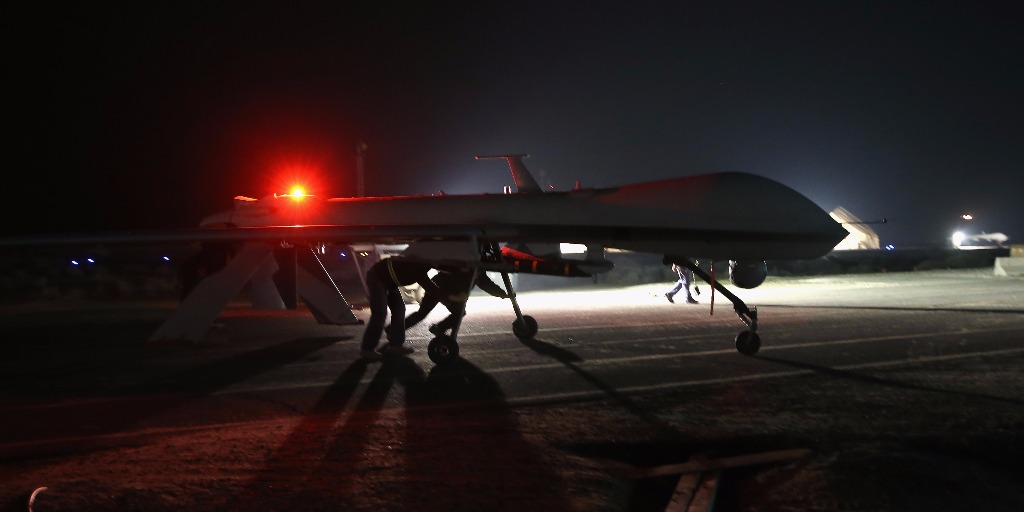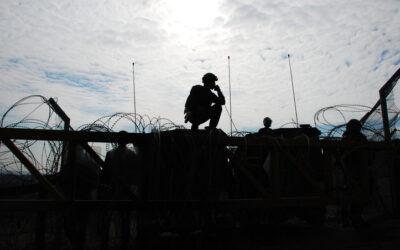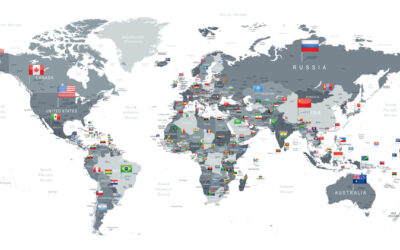The introduction of armed unmanned aerial vehicles (UAVs) permanently altered the modern battlefield. New technological advances in drone technology could do it again: from advanced materials that allow drones to fly, roll, run or swim in less forgiving environments, to thinking software than makes them more independent, to stealth technology that renders them even less visible. On the positive side, the intelligence that drones provide helps focus lethality on the intended target and limit the risk of civilian casualties and friendly fire incidents. But drone advances also will get cheaper to copy, so non-state actors will be able to employ them as well, giving insurgents or terrorists an outsized advantage.
- The U.S. use of drones for intelligence, surveillance and reconnaissance (ISR) and kinetic strikes surged in the global fight against terrorism. Under the Obama administration, estimates show, a total of 563 drone strikes targeted militants in Pakistan, Somalia and Yemen alone – compared with the 57 strikes that took place under the George W. Bush administration. This does not include drone strikes in Southeast Asia, Libya, Iraq or Syria. From 2002 to 2014, armed drones conducted 98 percent of the non-battlefield targeted killings. The remaining 2 percent were a result of raids, manned aircraft or cruise missiles. Under the Trump administration, drone strikes continue unabated, with new plans to expand the use of armed drones to the Sahel based out of Niger.
- While a number of technological limitations have restricted drones largely to use in asymmetric warfare such as the U.S.-led global war on terror, a parallel trend of technical advances to make them smaller and easier to operate has made UAVs more accessible, including to democratic and authoritarian state and non-state actors. Currently, some 90 state and non-state actors possess drones for surveillance purposes, and more than 30 countries have or are developing armed drones, with at least eight countries known to have used them in combat, including the U.S., Israel, U.K., Pakistan, Nigeria, Iran, Iraq and Turkey.
- Israel is the largest exporter of drone technology, responsible for 60 percent of the market share, with estimated exports delivered between 2010 and 2014 reaching 165 drones, and a total of $525 million worth of drones in 2016.
- During the same time period from 2010 to 2014, estimates show the U.K. was the largest importer of drones, purchasing 55 UAVs from Israel and an additional six armed variations from the U.S.
- After Israel, the U.S. is the second-biggest exporter of drone technology, but it has imposed tighter restrictions than others on its sales of armed variations. Beginning in 2015, the U.S. began the sale of armed drones such as the Predator, Reaper and Global Hawk to foreign countries, delivering them to the U.K., Italy and Spain.
- France made the decision in September to begin arming its U.S.-purchased drones stationed in Africa and the Middle East. France, alongside Germany and Italy, is seeking to develop its own medium-altitude, long-endurance drones to reduce its reliance on U.S. technology.
- China has quickly risen to a prominent developer and exporter of drone technology, including selling armed drones to Pakistan, Nigeria, Iraq, Saudi Arabia and the United Arab Emirates. Weapons-capable Chinese drones are seen as a popular choice among countries looking for unrestricted delivery and cheap prices.
Michael Horowitz, Professor of Political Science, University of Pennsylvania
“The Cipher Brief has become the most popular outlet for former intelligence officers; no media outlet is even a close second to The Cipher Brief in terms of the number of articles published by formers.” —Sept. 2018, Studies in Intelligence, Vol. 62
Access all of The Cipher Brief’s national security-focused expert insight by becoming a Cipher Brief Subscriber+ Member.
Subscriber+







